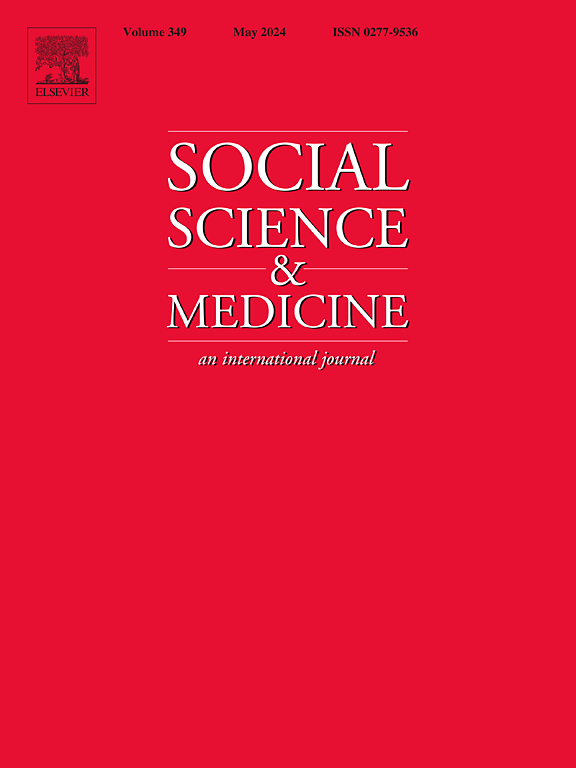Disease frames and their consequences for stigma and medical research funds
IF 4.9
2区 医学
Q1 PUBLIC, ENVIRONMENTAL & OCCUPATIONAL HEALTH
引用次数: 0
Abstract
Illnesses are often understood as criminal acts, as medically treatable conditions, or through metaphors of battles and journeys. Theorists suggest that frames vary across diseases and over time in systematic ways, and that frames have concrete consequences for the distribution of resources. But data limitations have prevented scholars from testing these hypotheses. We combine word embeddings and regression analysis to examine four frames for 104 conditions in news media. Our corpus includes over four million news documents published between 1980 and 2018. First, we study the determinants of disease framing by examining which diseases tend to be medicalized, criminalized, and linked to battle and journey metaphors. We find evidence for systematic links between the demographic characteristics of affected individuals and the extent to which diseases are medicalized or criminalized. Next, we examine disease frames’ consequences for stigma and federal medical research funding. While medical and criminal frames are associated with higher levels of stigma, battle and journey frames are associated with less stigma. And while medical, criminal, and battle frames are associated with more research funding, journey frames are associated with less. Together, our results identify the ways in which the social construction of disease reflects and reinforces social inequality.
求助全文
约1分钟内获得全文
求助全文
来源期刊

Social Science & Medicine
PUBLIC, ENVIRONMENTAL & OCCUPATIONAL HEALTH-
CiteScore
9.10
自引率
5.60%
发文量
762
审稿时长
38 days
期刊介绍:
Social Science & Medicine provides an international and interdisciplinary forum for the dissemination of social science research on health. We publish original research articles (both empirical and theoretical), reviews, position papers and commentaries on health issues, to inform current research, policy and practice in all areas of common interest to social scientists, health practitioners, and policy makers. The journal publishes material relevant to any aspect of health from a wide range of social science disciplines (anthropology, economics, epidemiology, geography, policy, psychology, and sociology), and material relevant to the social sciences from any of the professions concerned with physical and mental health, health care, clinical practice, and health policy and organization. We encourage material which is of general interest to an international readership.
 求助内容:
求助内容: 应助结果提醒方式:
应助结果提醒方式:


